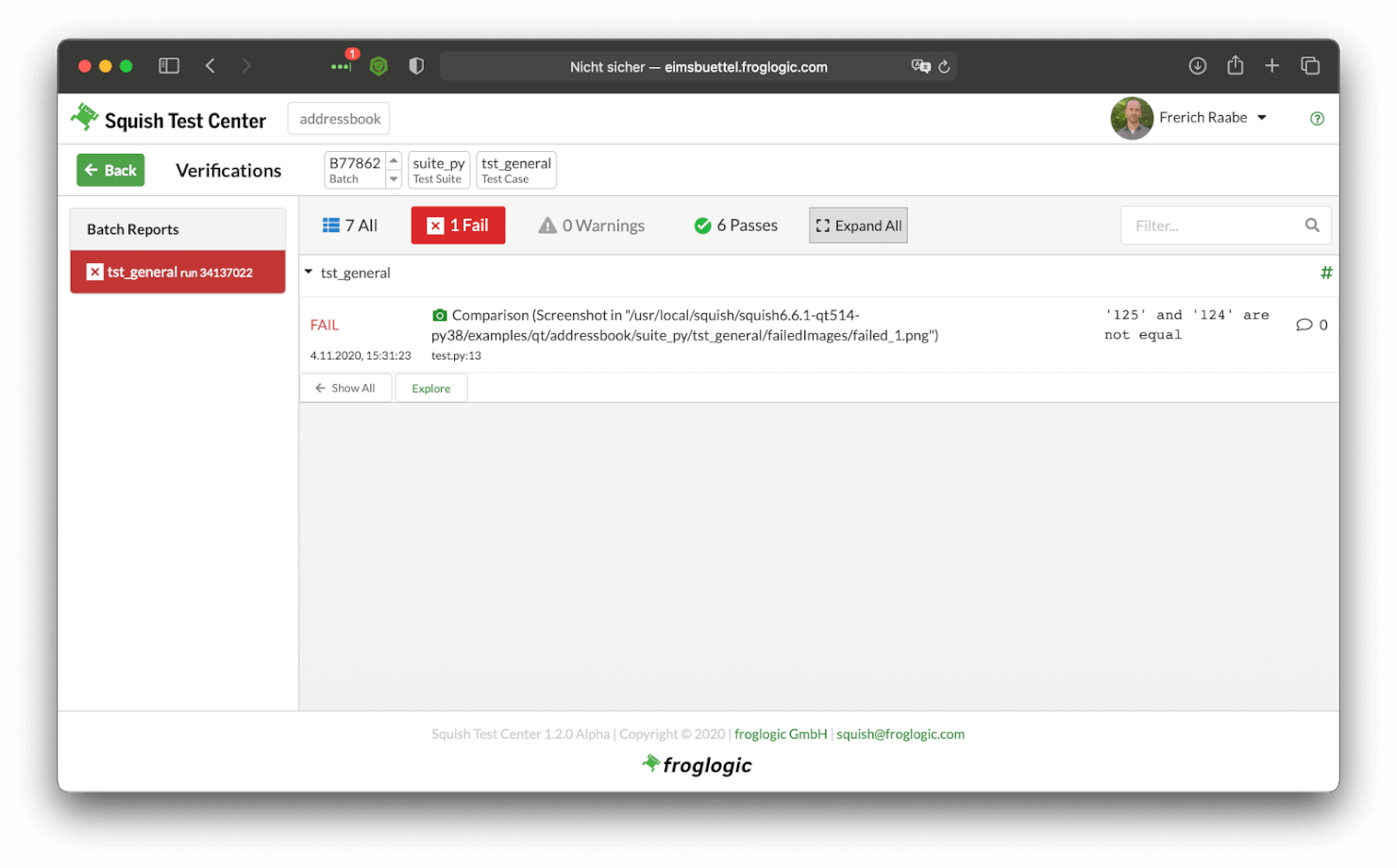It’s a simple question with a simple answer: What are automation testing tools?
Test automation is the process of testing various parts of new software with little to no human involvement. Essentially, it makes sure every aspect of a software design works without a human sitting in front of a computer devoting hours to manual tests.
According to the 2020 State of Testing survey, 96.5% of recipients listed functional testing automation and scripting as an important or very important QA skill to have for success in the industry.
Now, let’s turn our attention to automation testing tools, including a closer look at what they do, the benefits, and more.
Here’s what I’ll cover:
- What Are Automation Testing Tools?
- Benefits of Automation Testing
- 9 Types of Automation Testing
- Test Automation Frameworks
- 6 Top Automation Testing Tools
What Are Automation Testing Tools?
An automation testing tool is a piece of software that lets you define testing tasks and then takes over to perform the tests for you. Ideally, this happens with minimal human oversight.
There is a wide range of automation testing tools to test across multiple platforms, including smartphones, mobile devices, and desktop computers. Through testing automation, performance testing can run without human intervention, which provides the ability to test code 24 hours a day if needed, speeding up the test execution process.
But that’s not the only thing automation testing tools can do. Let’s take a closer look at why using an automated testing tool is often the best approach.
Benefits Of Automation Testing
Automated testing has many benefits over manual testing, but some cases really exemplify its worth, including:
- Multilingual sites
- Test cases that are repeated
- Tedious cases
- Cases that are broad and expansive
While these tests can be performed by a human, they are quite complex and are therefore prone to errors. For example, someone testing a site in a foreign language is bound to make mistakes, especially if the site is sizable. In instances like this, it's easy to see why automation testing is the right option.
That said, there are some instances where manual testing is better, including:
- New test cases that have not yet been executed manually
- Test cases where the criteria are always changing
- Test cases that are not routine
In these instances, you can see why it would be beneficial to have a pair of human eyes on the testing. For example, the first time a test code is written, it should be run manually to ensure that it delivers the expected result. Once this is verified, it can then be used as an automated solution.
In the cases where automation testing is appropriate, you’ll see some specific benefits, (perhaps even more so if you are already using AI in test automation) including:
- Speed
- Wider test coverage
- Consistency
- Cost savings
- Frequent and thorough testing
- Faster time to market
Now that you know when to use an automation tool and the reasons why you should, let’s look at how to choose the right tool for your needs.
9 Types Of Automation Testing
Generally, there are two types of testing. Functional testing tests the real-world applications of the software while non-functional testing tests different software requirements, like security and data storage.
Many specific types of testing fit into these categories, and some of them may overlap. The types of automated testing include:
1. Unit Testing
Unit testing is testing small, individual components of the software. It’s the first stage of testing, and while it’s usually done manually, it can be automated, so I wanted to include it here.
2. Smoke Tests
A smoke test is a functional test that determines whether or not a build is stable. It verifies the function of essential features to make sure the program can endure further testing. The name comes from the idea that this test prevents the program from catching fire if it’s not ready for additional testing.
3. Integration Tests
These functional tests make sure that all of the individual pieces of software test are well when operating as a whole.
4. Regression Tests
Regression tests are both functional and non-functional, ensuring that no part of the software has regressed after changes are made.
5. API Testing
The application programming interface or API acts as the conduit between all the other systems that your software needs to function. It’s usually tested after software development to make sure that everything is working together as it should.
6. Security Tests
Security tests are also functional and non-functional. Their purpose is to check everything for security weaknesses that can be exploited.
7. Performance Tests
Non-functional performance tests evaluate stability and responsiveness. They ensure that the software can handle stress and deliver a better and more reliable user experience.
8. Acceptance Tests
Acceptance tests are functional tests that try to determine how end-users will respond to the final product. This test must be passed successfully before the product can be released to end-users.
9. UI Tests
User interface tests are one of the last tests in the process. This test is designed to accurately replicate a typical user experience. It ensures that the end product that users interact with works as it should.
Test Automation Frameworks
Once you know what kind of automated testing you need to do, the next step is to choose a framework to organize the testing process.
The biggest benefit of doing this is that it standardizes the testing process, which provides a structure so that everyone applying automated testing to the project is on the same page.
Some of the most common types of test automation framework are:
Linear Framework
This type is sometimes called Record and Playback. Testers create a test script for each test case. It’s a very basic approach that’s more suited to a small team that doesn’t have a lot of experience with test automation.
Modular Based Framework
This framework organizes each test case into small, independent modules. Each one has a different scenario, but they are all handled by the framework’s single master script. This approach is very efficient, but a lot of planning is required, and it’s best used by testers who have experience with automation testing tools.
Library Architecture Framework
Library Architecture Framework is an expansion of the modular-based approach, with a few differences. In a Library Architecture Framework, tasks are grouped within the test script according to common objectives.
These functions are then stored in a library so they can be quickly accessed when needed. This framework is very flexible, but creating the scripts takes time, so experience in automated testing is beneficial.
The QA Lead is reader-supported. We may earn a commission when you click through links on our site — learn more about how we aim to stay transparent.
Top 7 Automation Testing Tools
60% of North American project teams report that they struggle to apply test automation at appropriate levels for Agile development. Employing the appropriate automation testing tool is one way to make sure your team doesn’t hit this roadblock.
There are countless automation testing tools out there. Which one is right for you depends on what you’re working on and what you need the tool to do. Here are a few of my favorites:
1. testRigor — Best overall no-code test automation for scalability and end-to-end tests
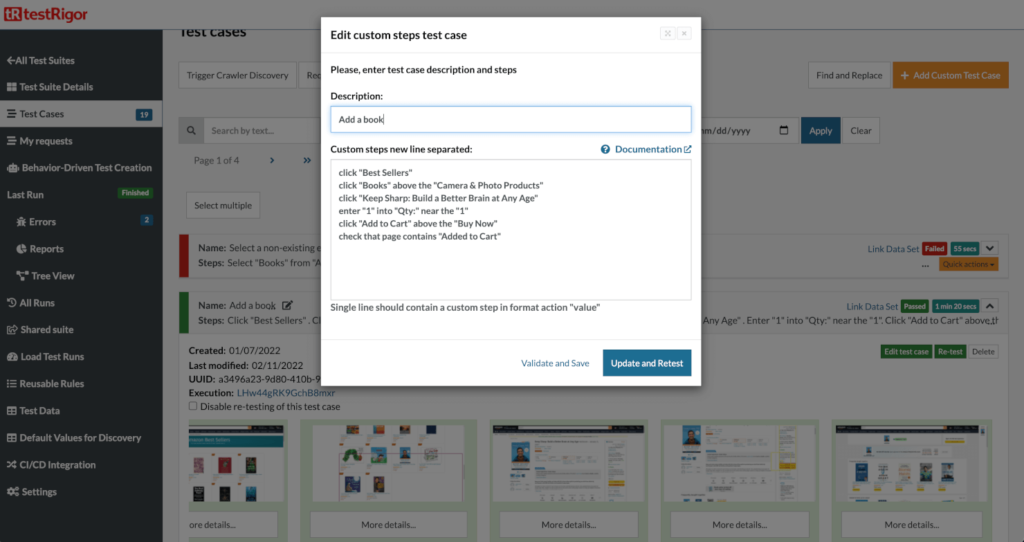
testRigor stands out when it comes to the new era of AI-based automation tools. Tests are created in plain English, with elements being referenced from a human perspective. You can forget about Xpaths, CSS Selectors, etc - testRigor analyzes all possible parameters behind the scenes to use the most optimal ones, which results in ultra-reliable tests.
testRigor supports web, mobile browsers, and mobile apps, as well as APIs - making functional end-to-end testing possible. They also have cross-browser and cross-platform support.
Test maintenance with testRigor is reduced dramatically, with users spending on average 95% less time on it. Seamlessly build new tests and increase test coverage instead of wasting time on maintenance.
testRigor makes the process of converting existing manual test cases into automated tests very straightforward, and users can also define and customize their own wording if they desire.
Pricing starts at $300 per month and can be tailored to your specific needs. There is a free 14-day trial with no credit card information required upfront.
2. Avo Assure — Best for no-code test automation
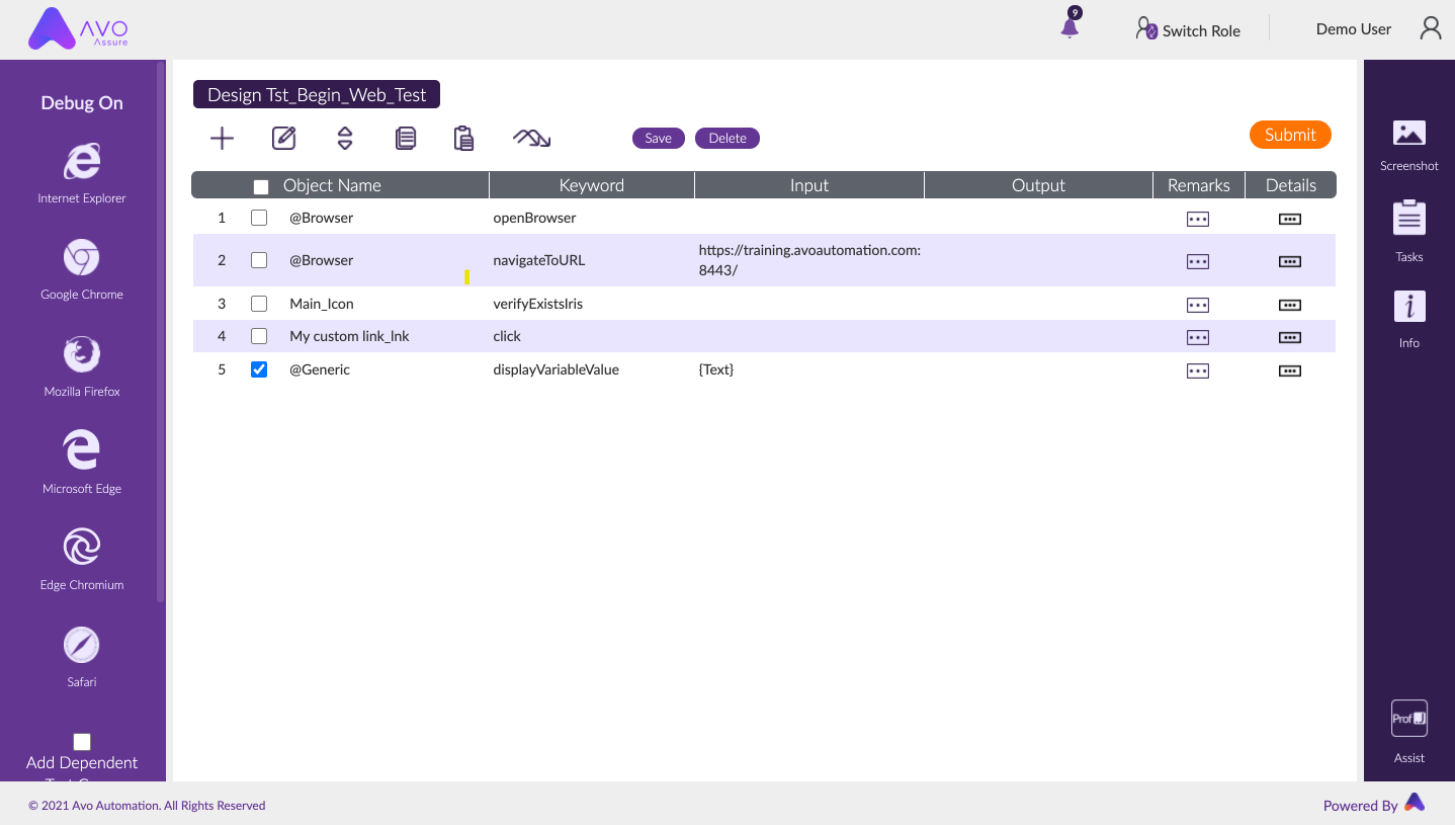
Avo Assure is a no-code test automation solution that lets you test complex business processes. It supports over 200 technologies, enabling you to test applications across the web, desktop, mobile, Mainframes, Oracle, and SAP.
Avo Assure comes with a keyword library of about 1500+ keywords for building test cases and lets you run these tests on demand or on a schedule.
Avo Assure integrates with various CI/CD and SDLC tools like Selenium, Jira, Atlassian Bamboo, Microfocus – QC/ALM, Sauce Labs, Amazon Mobile farm, TFS, Q-test, and more.
Avo Assure offers custom pricing details upon request. Avo Assure also comes with a 14-day free trial.
3. Mabl — Best for integrating testing with existing workflows
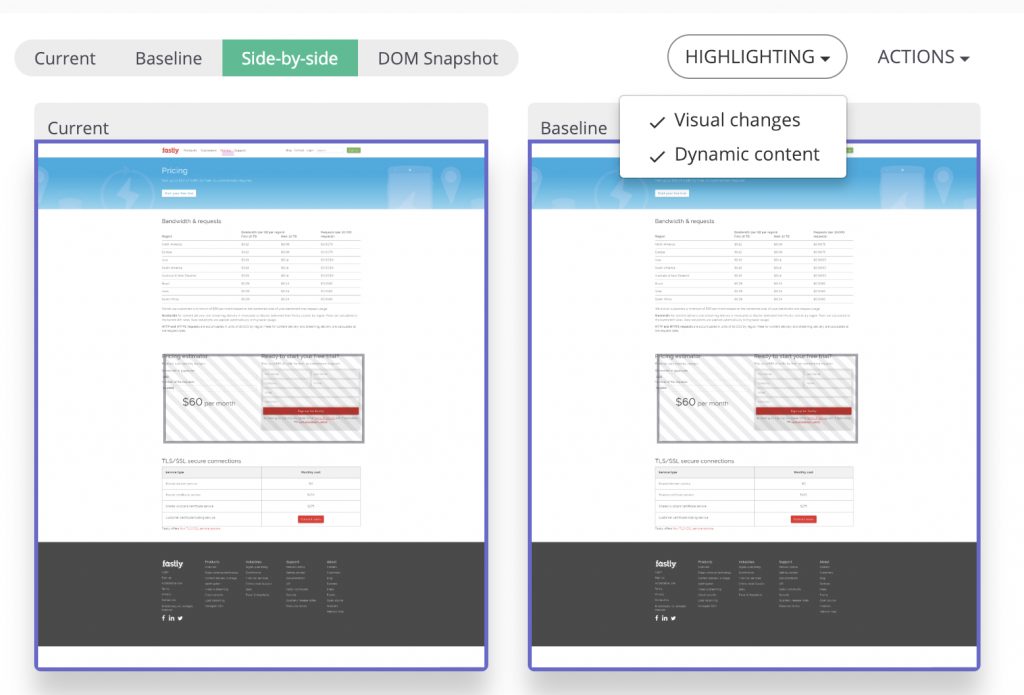
Mabl allows users to create and execute tests and is well-suited for fast-paced testing cycles from end to end. This tool uses a cloud-native testing platform where team members can work together to create automated tests with communication tools and issue tracking.
As the automated tests run, Mabl collects data and its powerful AI provides insights into any test failures, adapting to the changes made in the evolution of the software.
4. Selenium — Best for testing web-based applications

Selenium is one of the most popular automation testing tools out there and is meant only for web applications. It has automation suites designed for bug reproduction and regression testing and allows for testing across multiple browsers.
Something I really like about this tool is that it supports a range of programming languages, including Python, Java, and C#. It’s also open source and free to use, which makes it insanely cost-effective without skimping on features.
5. Squish — Best for testing graphical user interfaces (GUIs) and human-machine interfaces (HMIs)
Squish is a leader in testing graphic user interfaces and includes some awesome features. It works across platforms and is extremely flexible, able to automate Windows, web, Android, iOS, and Java. Plus, it supports multiple coding languages, like Ruby, JavaScript, Python, and Perl.
6. Testim — Best for automated testing with artificial intelligence
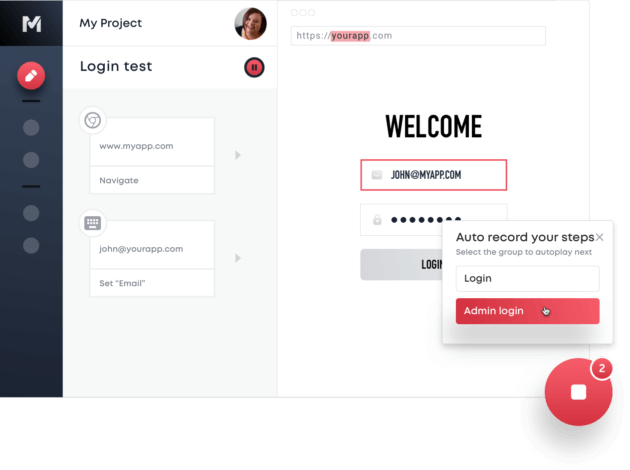
The thing I like the most about Testim is that both beginners and experienced users find it useful. It allows for coded and codeless automation testing and uses AI to run tests across browsers, improve resiliency, and create reports.
7. Katalon Studio — Best for integrating tests into CI/CD pipelines
Katalon is a good choice if you’re looking for a complete test solution that covers desktop, web, and mobile applications. It uses open-source frameworks that eliminate some complexities which makes it easier for testers to create and run tests and manage reports.
This test automation tool is useful across multiple operating systems, including Windows, iOS, and Linux, and it works with most devices and browsers. Plus, it works with Cucumber, a behavior-driven development software that allows tests to be written in plain language.
It’s also expanding, incorporating other partnerships and features regularly. Although the tutorials aren’t great, there is an active community forum where you can usually find help if you need it.
Conclusion
QA is trending more toward automated testing so that teams can focus more resources on more nuanced and involved projects instead. With the help of automation testing tools, it’s possible to remove some—or all— of the grunt work associated with repetitive or expansive testing.
Don't forget, you can also outsource your testing to automation testing services through vendors like A1QA, TestGuru, and TestingXperts. Some companies find that this increases the quality of their tests and quickens time-to-market.
Looking for even more tools but you're not quite ready to make the investment? Here's our list of the 10 Best Free Test Management Tools For 2023.
Subscribe to The QA Lead newsletter for news and articles delivered right to your inbox, or join the waitlist for our community for quality engineers and testers — launching soon!





